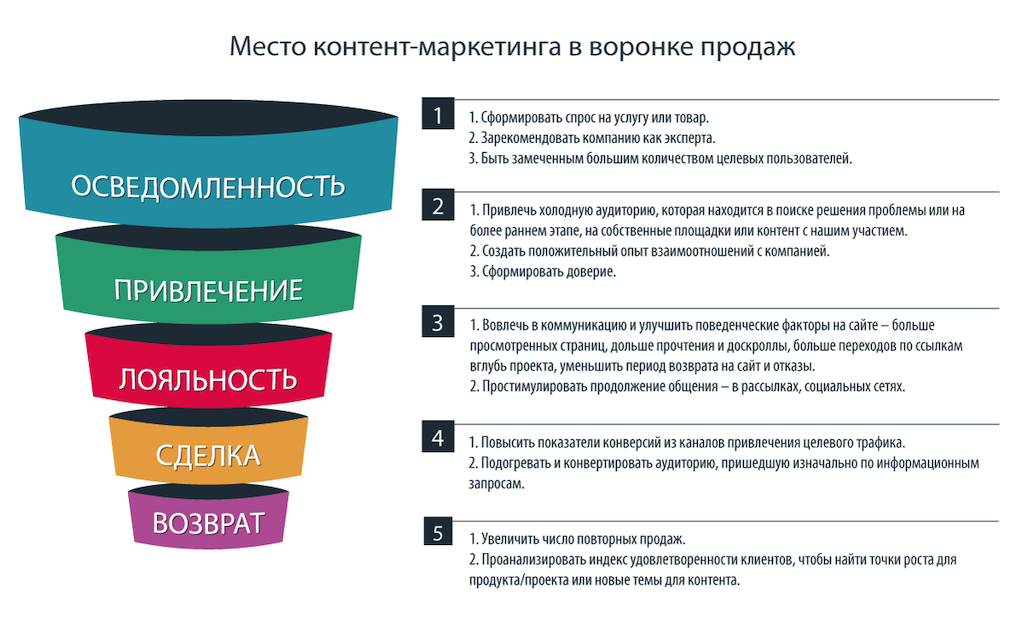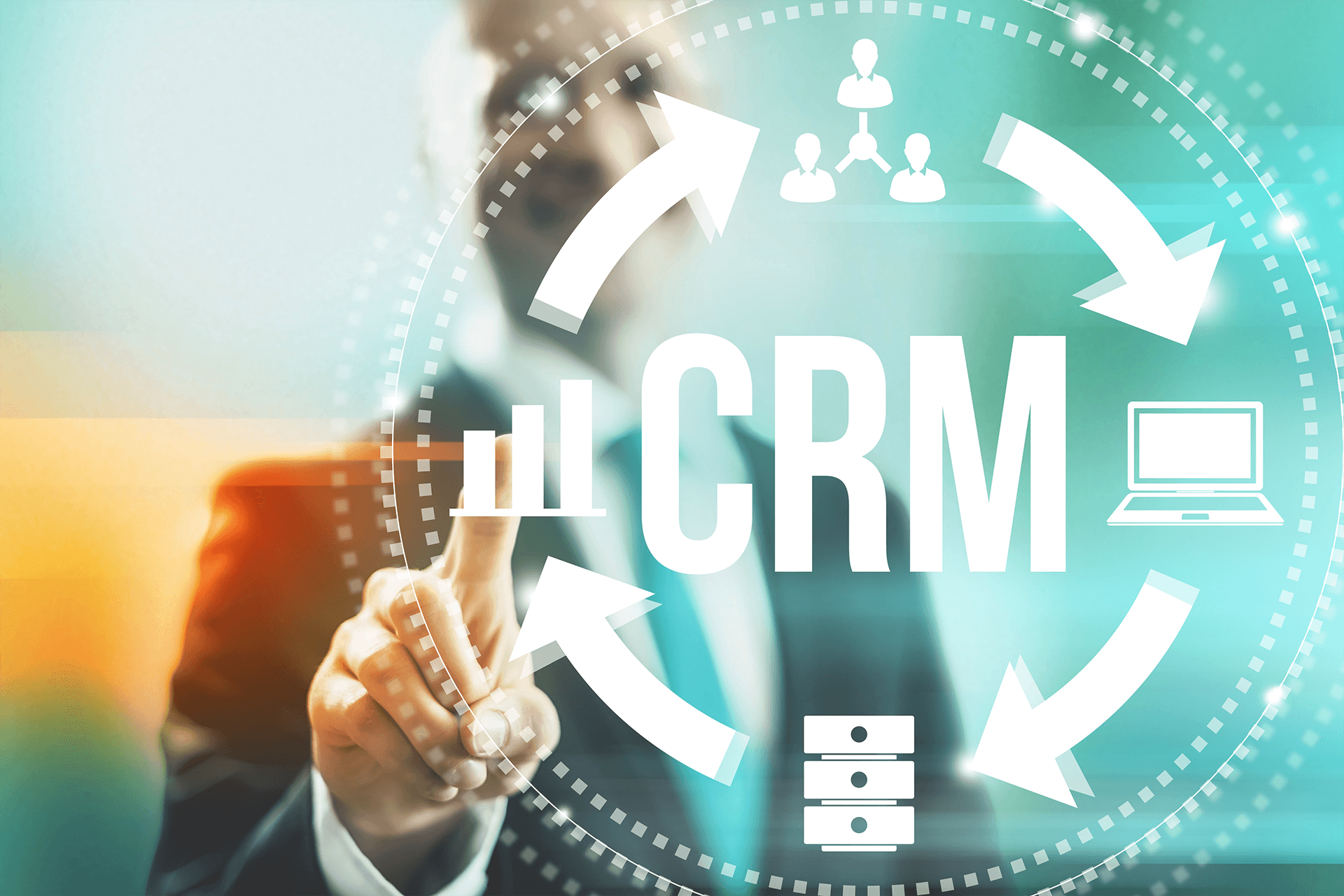Plans and methods
In the world of business and marketing, increasing sales is one of the main goals of companies. Every business wants to attract more customers and increase profits. In this article, we will present a plan and methods to help you increase sales and achieve success in your business.
1. The first step to increasing sales is to fully understand your target audience. Explore their needs, preferences, and challenges. This way, you can create products or services that are relevant and interesting to them.
2. Set goals: Set specific goals and plans to increase sales. Be realistic and measurable in your goals so you can track your progress and success.
3. Use marketing: Develop a marketing strategy that will help you attract more customers. Use various marketing channels, such as social media, email, content marketing, etc., to reach your target audience.
4. Create sales copy: Use copywriting to create compelling sales copy that will engage your audience. Focus on the benefits and advantages your product or service can bring to customers.
5. Provide excellent customer service: Focus on customer service. Respond to their questions and concerns promptly and professionally. Create a positive customer experience to ensure they remain satisfied and recommend you to others.
6. Implement a loyalty program: Create a loyalty program for your customers. Offer them bonuses, discounts, and privileges for their loyalty. This will help retain them and encourage repeat purchases.
7. Run promotions and special offers: Offer promotions and special offers that will interest your customers. Create a limited-time offer or discount on specific products or services.
Increase sales
1. Study your target audience. Before developing a sales growth strategy, it's important to fully understand your target audience. Explore their needs, preferences, and challenges. This way, you can tailor your products or services to their needs and offer them more targeted solutions.

2. Improve the quality of your product or service. The quality of your product or service is a key factor influencing sales. Continuously improve quality to meet customer needs and expectations. Invest in research and development to create a product or service that is superior to the competition and more appealing to customers.
3. Use effective marketing strategies. Develop a marketing strategy that will help you attract new customers and retain existing ones. Use various marketing channels, such as social media, search engine optimization, content marketing, etc., to reach your target audience. Be creative and innovative in your approaches to stand out from the competition.
4. Create a unique value proposition. Identify your business's unique selling proposition that sets you apart from your competitors. Reflect on what makes your product or service special and valuable to customers. Emphasize this in your marketing and customer communications.
5. Use network marketing. Establish partnerships and collaborate with other businesses to expand your audience and increase sales. Consider creating affiliate programs or joint promotions that will benefit both you and your partners.
6. Improve customer service. Excellent customer service is one of the key factors in increasing sales. Train your employees to be friendly, knowledgeable, and responsive to customer needs. Respond to customer questions and concerns promptly.

Introducing a sales funnel
However, many entrepreneurs face the challenge of effectively managing the sales process and achieving desired results. We'll explore an important sales-increasing tool: the sales funnel.
What is a sales funnel? A sales funnel is a model that represents the sequence of stages a potential customer goes through before making a purchase. It helps organize and optimize the sales process, improve conversion, and increase sales.
The sales funnel consists of several stages:
1. Attracting attention: At this stage, your goal is to attract potential customers to your product or service. Use marketing channels such as social media, content marketing, advertising, and other tools to engage your target audience.
2. Capture contacts: Once you've captured their attention, it's important to capture their contact information. This could be through a newsletter subscription, filling out a form on your website, or other methods. It's important to offer something valuable in exchange for their contact information, such as free content or a discount.
3. Lead qualification: Not all captured contacts are qualified leads. At this stage, it's important to evaluate the potential of each lead and determine their fit with your target audience. This will help you focus on the most promising leads and improve sales efficiency.
4. Suggestion: At this stage, you pitch your product or service to your potential client. It's important to highlight the benefits and advantages they'll receive from your offer. Use compelling arguments and craft sales copy to convince them to make a purchase.
5. Conclusion of the transaction: This stage involves the customer completing the purchase. Ensure the purchasing process is simple and convenient to ensure the customer has a seamless transaction. Provide a variety of payment options and ensure the security of customer data.
6. After-sales service: Once a sale is closed, don't forget about customer service. Provide support, answer their questions, and resolve issues. Create a positive customer experience so they become repeat customers and recommend you to others.
By implementing a sales funnel into your business, you can manage your sales process more effectively and increase conversions. Analyze each stage of the funnel, optimize it, and test different strategies to find the most effective ways to attract and retain customers.

We conduct a mystery shopper
One effective tool for achieving this goal is the use of mystery shoppers. In this article, we'll explore what mystery shopping is and how it can help increase sales.
What is a mystery shopper? A mystery shopper is a specially hired person posing as a potential customer and visiting your business to assess the quality of service, compliance with work standards, and the overall impression of their interactions with your company.
Mystery shoppers perform a number of tasks:
1. Service Quality Assessment: Mystery shoppers evaluate how politely and professionally employees serve customers. They may evaluate aspects such as wait times, the quality of consultations, and the effectiveness of problem-solving.
2. Verifying compliance with work standards: Mystery shoppers can check to see how employees comply with company work standards. This may include checking the cleanliness and orderliness of the premises, ensuring merchandise is properly displayed, and ensuring price tags are accurate.
3. Overall Experience Assessment: Mystery shoppers assess the overall experience of interacting with your company. They can evaluate the atmosphere, comfort level, and customer satisfaction.
Benefits of using mystery shoppers to increase sales:
1. Feedback: Mystery shoppers provide valuable feedback about your business. They can identify service gaps that you can improve to improve customer satisfaction.
2. Improving customer service: Regularly using mystery shopping allows you to monitor customer service quality and take steps to improve it. This helps create a positive customer experience and increases the likelihood of repeat purchases.
3. Employee motivation: Knowing that employees can be evaluated by mystery shoppers can motivate them to perform better. This helps increase professionalism and accountability, which in turn positively impacts service quality and sales.
4. Competitive advantage: Using mystery shopping can help you stand out from the competition. Offering high-quality service and customer satisfaction attracts more customers and leads to increased sales.
How to Use Mystery Shoppers
1. Define your goals: Determine what aspects of your business you want to evaluate through mystery shopping. For example, you might focus on service quality, meeting work standards, or assessing the overall customer experience.
2. Hire mystery shoppers: Contact specialized agencies or find mystery shoppers yourself. Make sure they match your target audience and can provide an objective assessment.
3. Conduct the assessment: Develop clear assessment criteria and instructions for mystery shoppers. Provide them with access to your business and set deadlines for completing the task.
4. Analyze Results: Analyze mystery shopper reports and identify weaknesses in your business. Take steps to improve service quality and resolve any identified issues.
5. Repeat the process: Use mystery shoppers regularly to monitor customer service and increase sales. This will allow you to keep your finger on the pulse of your business and continuously improve.
Mystery shopping is an effective tool for increasing sales and improving customer service. It helps you gain valuable feedback, improve employee performance, and create a positive customer experience. Use it regularly to remain competitive and successful in the marketplace.







